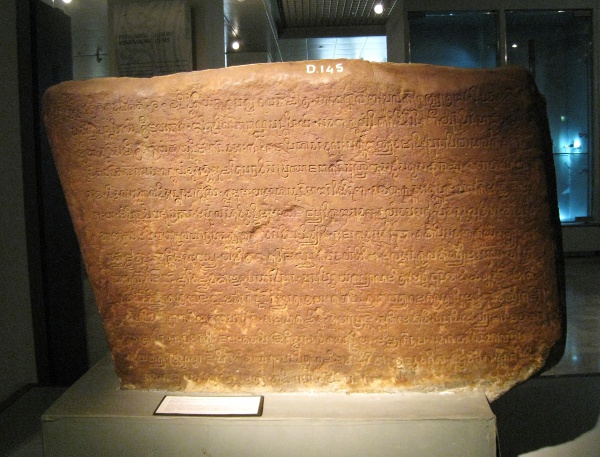Facts About Talang Tuo inscription
The Talang Tuo inscription, dating back to the 7th century, is a captivating artifact from the Srivijaya period. Discovered in 1920 near Palembang, Indonesia, it recounts the tale of King Sri Jayanasa establishing the Śrīksetra park for the welfare of all creatures. Written in Pallava script and Old Malay, the inscription comprises 14 lines and is presently housed at the National Museum of Indonesia in Jakarta.
Scholars such as Van Ronkel and Bosch have translated the inscription, with George Cœdès providing one of the most prominent translations. The text is replete with blessings and wishes for abundance, prosperity, and the well-being of all living beings and creatures within the park. It also includes prayers for protection against misfortunes, sickness, and old age, alongside hopes for loyalty, devotion, and harmony among the kingdom's subjects.
The language employed in the inscription is early Old Malay, and a close examination reveals similarities to modern Malay and Indonesian. This renders the inscription not only a historical artifact but also a linguistic link to the past.

 Papua New Guinea
Papua New Guinea